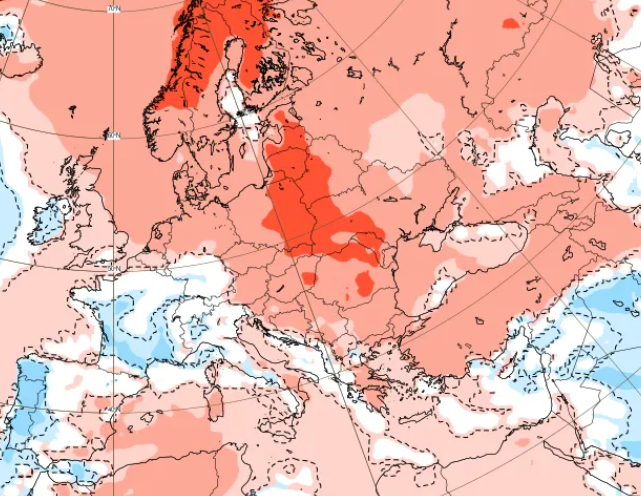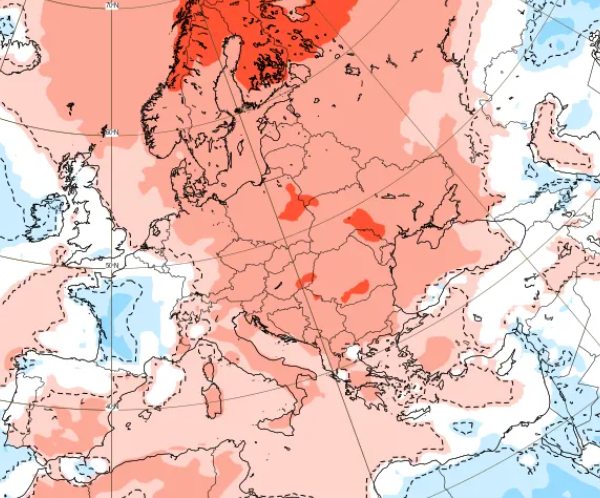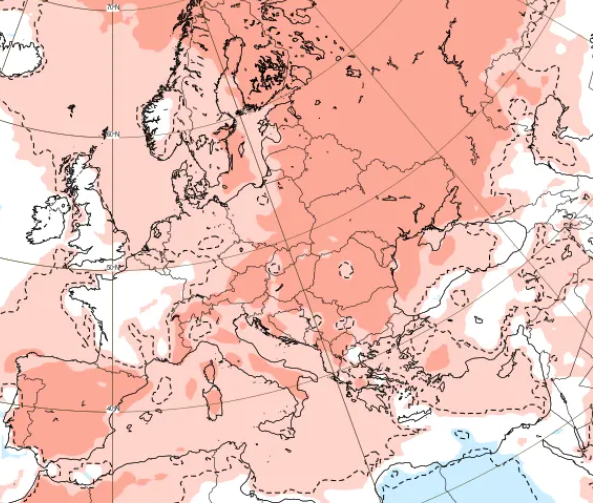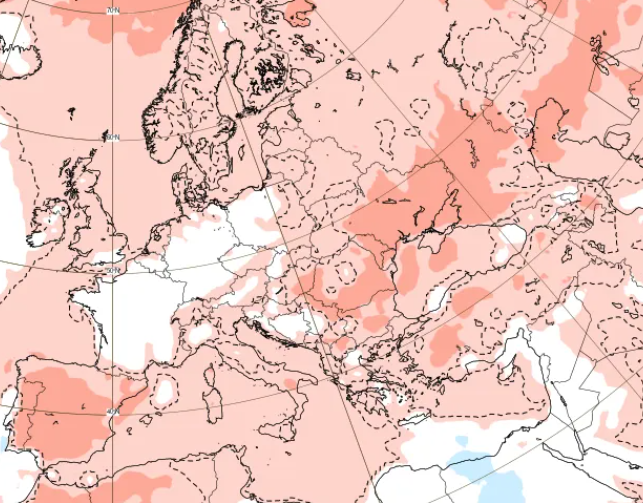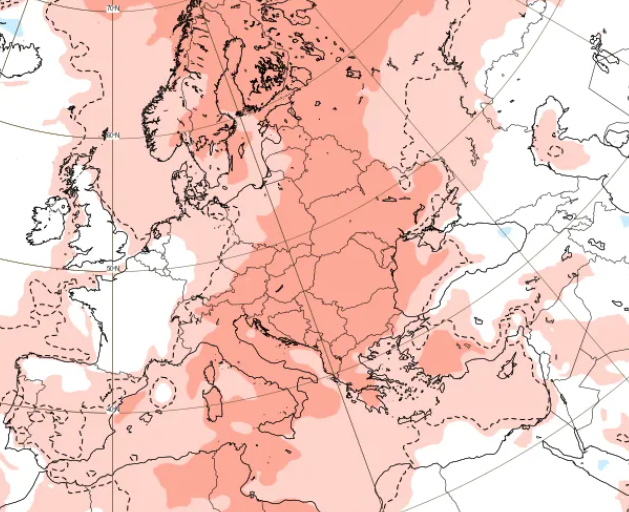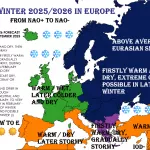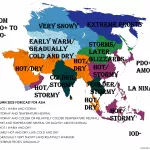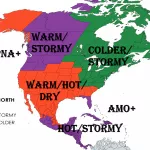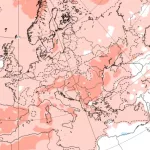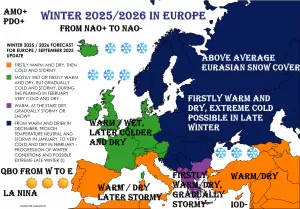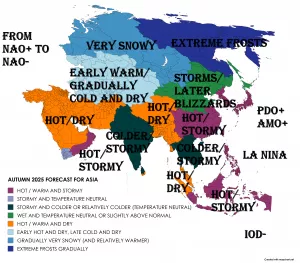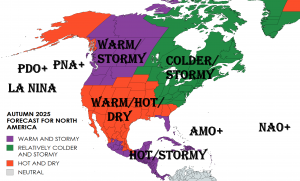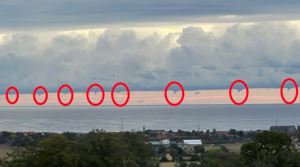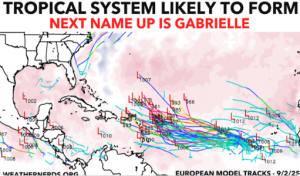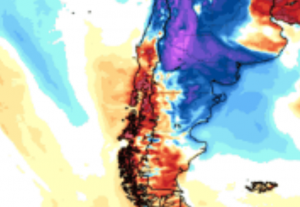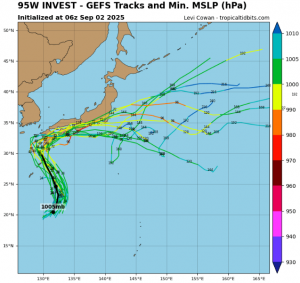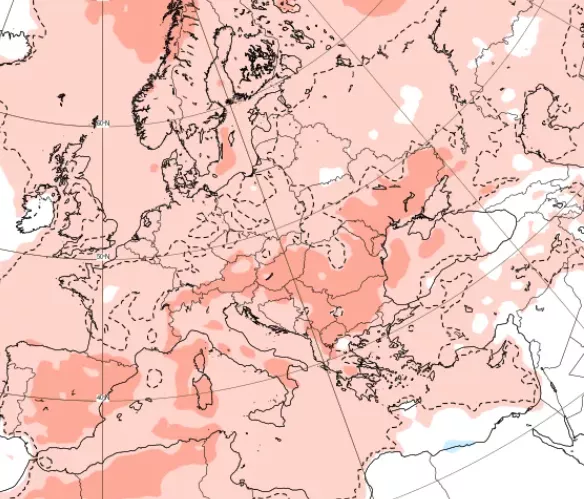
Europe is expected to experience a prolonged summer-like weather pattern until approximately October 10, 2025, according to the latest ECMWF 6-week forecast. This persistence of warm and sunny conditions far into autumn is highly unusual and represents a significant anomaly in seasonal climatology.
Forecast models indicate that high-pressure ridging over the continent will dominate, resulting in above-average temperatures, extended dry spells, and prolonged sunshine across much of Western, Central, and Southern Europe. The pattern favors continued warmth in regions that would normally be cooling toward early autumn, with daytime temperatures potentially remaining 5–10°C above seasonal norms.
Key features of the forecast include:
- Stable, warm conditions across France, Germany, Italy, and the Iberian Peninsula, supporting late-season outdoor activities and agricultural growth, but also raising fire risk in already dry areas.
- Mediterranean and Eastern Europe likely to experience persistent summer-like warmth, with limited precipitation and clear skies, creating conditions reminiscent of August rather than late September–October.
- Northern Europe may see more variability, with occasional frontal passages, but even here, temperatures are expected to remain unusually high for the season, delaying the onset of typical autumn cooling.
The extended summer pattern has significant implications:
- Energy demand shifts, with reduced heating needs and higher cooling requirements in southern regions.
- Agricultural impacts, including extended growing seasons for some crops but stress on water resources in drought-prone areas.
- Fire and drought risk, particularly in Mediterranean and Central European regions.
- Hydrological anomalies, as rivers and reservoirs respond to the extended dry and warm period.
In summary, Europe is poised to experience an exceptionally long, summer-like period until approximately October 10, 2025, with temperature anomalies, reduced precipitation, and extended sunny periods across much of the continent. This ECMWF 6-week forecast highlights the persistence of seasonal extremes and potential for cascading climate impacts, signaling a remarkable continuation of summer warmth deep into autumn.
